Image Credit: Benjamin Gibson
Image Credit: Benjamin Gibson Gains for wood as a heat source: Compared with other fuels for heat, wood is not a major player in the U.S. But interest is growing, particularly in New England where cordwood is easily available.
Image Credit: U.S. Energy Information Administration
The Environmental Protection Agency has toughened emission requirements for residential wood heaters, and for the first time the rules will cover indoor and outdoor boilers, forced-air furnaces, and pellet stoves.
Final rules issued on February 3 will be phased in over a period of time, and they don’t affect wood stoves that people already have.
The agency said the more stringent requirements, made possible by better technology, would reduce emissions of fine particulates and volatile organic compounds by nearly 70 percent.
The number of U.S. households using wood as the main source of heat is tiny — a total of only 2.5 million, according to the U.S. Energy Information Administration, with another 9 million households using wood as a secondary heating fuel. But those numbers grew as the price of fossil fuels rose, particularly in New England.
The EIA reports the use of wood as a main source of heat was up by more than 100 percent in all six states in the region between 2005 and 2012, while showing growth of greater than 50 percent in a handful of other states.
Existing emissions requirements for wood heaters were issued in 1988, according to the EPA’s fact sheet, and covered “adjustable burn-rate wood stoves” and fireplace inserts. “Since that time,” the agency says, “the technology for reducing emissions from wood heaters has significantly improved and is now available to make a range of wood heaters more efficient and less polluting.”
Addressing a ‘significant national air pollution problem’
The smell of wood smoke on the cold night air is familiar and pleasing to many country-dwellers in the north, but wood smoke is actually a serious air pollutant, the EPA says, and a particular health threat to older people, children and those with heart or lung disease.
Wood-fired heaters dump hundreds of thousands of tons of fine particulates into the air, and smoke from residential sources causes “many counties” in the country to exceed EPA air quality standards.
“In places such as Keene, New Hampshire; Sacramento, California; Tacoma, Washington; and Fairbanks, Alaska,” the EPA says, “wood combustion can contribute over 50 percent of daily wintertime fine particulate emissions.”
The agency estimated the monetary benefits of the new rules at $3.4 billion to $7.6 billion a year, with annual costs of $46 million, meaning that for every dollar spent to comply there would be benefits of $74 to $165 in the way of avoiding health problems such as asthma and non-fatal heart attacks, emergency room visits for respiratory problems, lost work time, and premature death.
New limits represent a steep drop
Under emission rules approved in 1988, wood stoves with catalytic combusters (similar to the catalytic converters on a car exhaust) were limited to 4.1 grams of particulates per hour; non-catalytic stoves were limited to 7.5 grams per hour.
The new rules for wood stoves would come in two steps. In the first phase, 60 days after the final rule is published in the Federal Register, stoves without current EPA certification could produce no more than 4.5 grams of particulates per hour of operation. Five years after the effective date of the rule, all wood stoves and pellet stoves could emit no more than 2 or 2.5 grams per hour, depending on the test method.
For wood-fired furnaces, emissions would have to fall to 0.93 pounds of particulate emissions per million Btu of heat output within a year or two (depending on the size of the unit) and then to 0.15 pounds per million Btu by 2020 for all furnaces.
Finally, wood-fired boilers would be limited to 0.32 pounds of particulates per million Btu 60 days after the rule takes effect, and 0.10 pounds by 2020.
EPA’s new rules are ‘fair’
The Alliance for Green Heat, which advocates the use of wood as a renewable fuel, said it lobbied for regulations that were “pro-consumer,” ones that would result in cleaner-burning stoves that were still affordable. And by and large, the group said it was pleased with EPA’s final rule.
“Overall, the EPA did a good job and released a fair rule that includes many compromises between industry and air quality agencies,” a blog at the organization’s website says. “We think these rules are good for consumers and will not drive prices up substantially for most product categories, but will result in cleaner and more efficient appliances that will ultimately save consumers time and money.”
The group said it was disappointed with a few provisions, including the delay in imposing standards for all forced-air furnaces, but on the whole found the rules “fair and balanced.”
Weekly Newsletter
Get building science and energy efficiency advice, plus special offers, in your inbox.

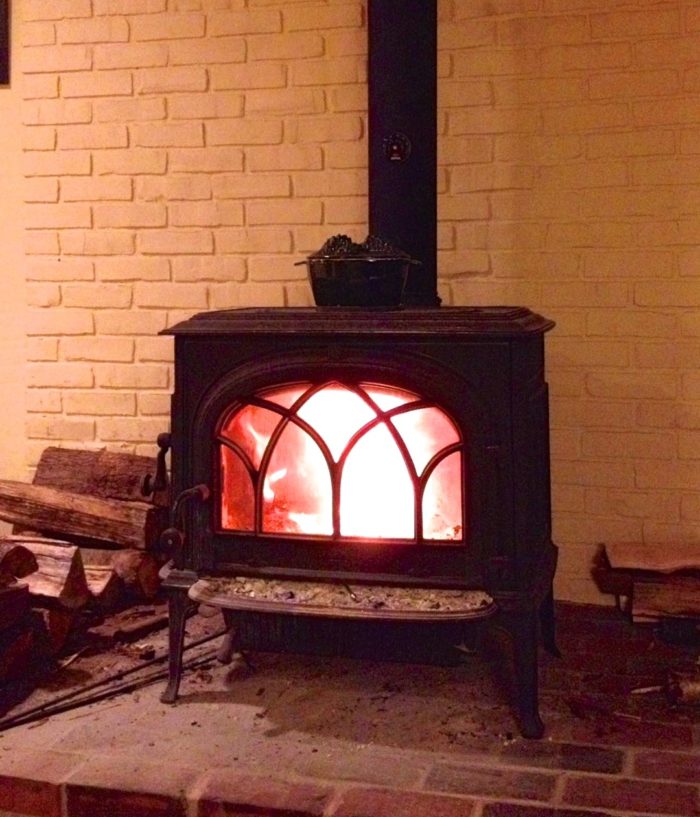




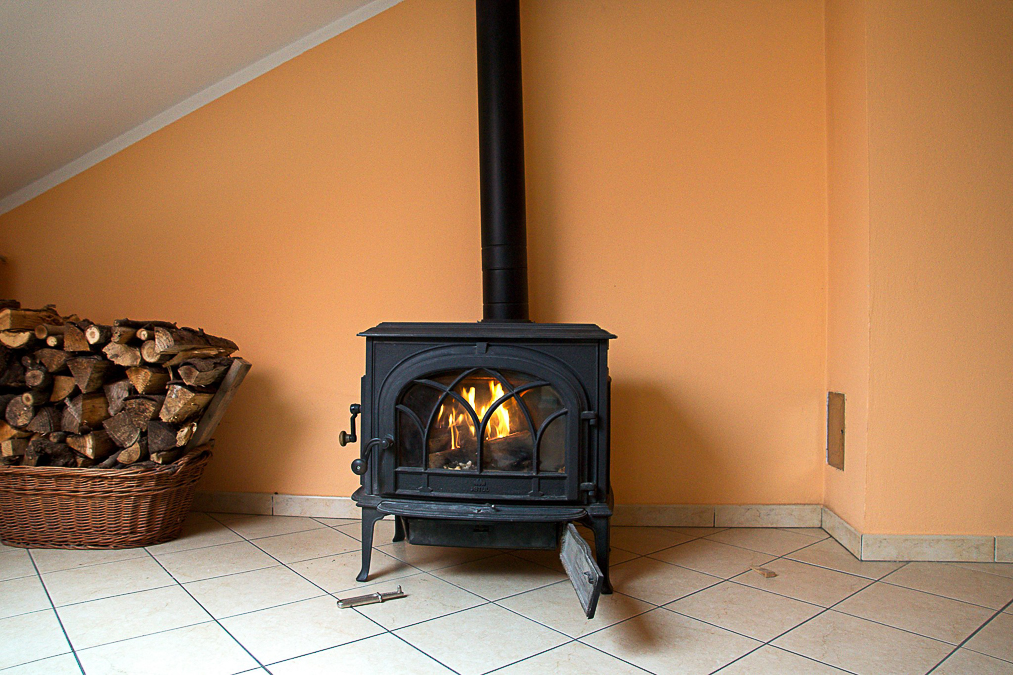
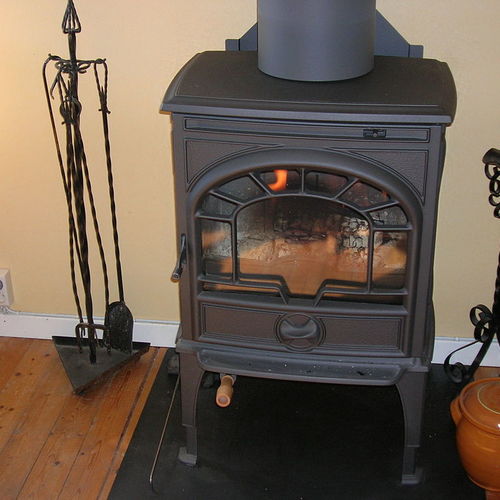
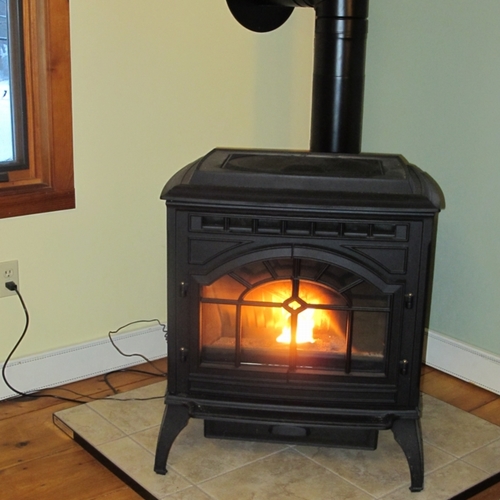
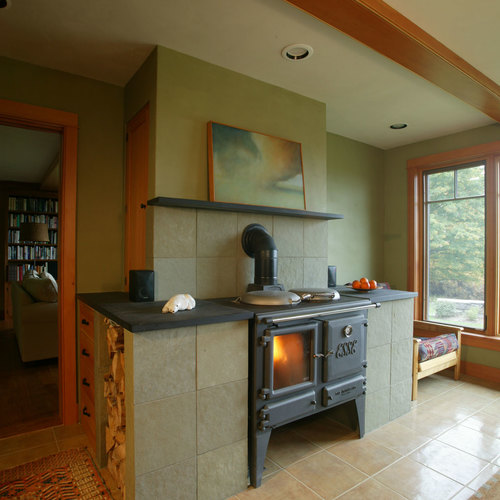






9 Comments
Current best case adjustable
Current best case adjustable wood stoves have PM emission rates from about 3 to 3.5 grams/hour. What is the change in technology that will allow these best case stoves to decrease their emission rates by as much as 30% down to 2 grams/hour within the next 5 years? If such a dramatic decrease is possible in such a short period of time why are there not stoves using the technology now? Will the cost to introduce this technology be so prohibitive that sales of stoves will start to diminish? Is that the real intent of these proposed regulations?
The EPA has become so corrupt
The EPA has become so corrupt that it's hard to trust anything that they claim, even when they cite "Facts."
These technocrats never seem to learn. What happens when a state raises tobacco taxes and bases revenue projection on a static model? Revenues fall because people react to changes like tax policy. The behavior on the street changes to bring about more untaxed smuggled cigarettes. The same dynamic is very likely to play out here. People who depend on wood heat are going to react to policy changes which drive up the cost of wood stoves. They'll tap into the "underground" trade in used wood stoves, they'll make their own wood stoves or they'll buy wood stoves made by backyard welders and sold on e-bay or at flea markets. All that needs happen is for the price differential to be worth everyone's effort. The costs of these "underground" stoves will be higher pollution levels and more houses burned down, thereby increasing the downstream costs.
We saw this dynamic play out with low-flush toilets, shower water governors, and 100 watt incandescent bulbs.
Bureaucrats need to justify their jobs, hence a never ending stream of new laws.
I wonder what the job impact of this move will be on the factory floor of wood stove manufacturers?
Response to Alex House
Alex,
I am less cynical than you, and less quick to jump to the conclusion that there is evidence of EPA corruption.
I think that it is highly likely that EPA regulators understand that there is a market for used wood stoves and homemade stoves assembled by welders. In spite of that fact, tightening the emissions standard for wood stoves is likely to result in lower emissions. Eventually, older stoves tend to be replaced by newer stoves. The transition takes time, but it is inevitable. And homemade wood stoves make up a tiny percentage of wood stove installations.
Response to Martin
Martin, smuggled cigarettes are non-existent in the marketplace of states with low tobacco taxes.
To expand on W. Timothy Ward's comment, recall this EPA brainstrorm - from the NYT:
http://www.nytimes.com/2012/01/10/business/energy-environment/companies-face-fines-for-not-using-unavailable-biofuel.html?pagewanted=all
When the companies that supply motor fuel close the books on 2011, they will pay about $6.8 million in penalties to the Treasury because they failed to mix a special type of biofuel into their gasoline and diesel as required by law.
But there was none to be had. Outside a handful of laboratories and workshops, the ingredient, cellulosic biofuel, does not exist. . . . .
“From a taxpayer/consumer standpoint, it doesn’t seem to make a lot of sense that we would require blenders to pay fines or fees or whatever for stuff that literally isn’t available,” said Dennis V. McGinn, a retired vice admiral who serves on the American Council on Renewable Energy.
It's very difficult to refine one's own gasoline in one's kitchen, but backyard welders can make woodstoves fairly easily. Where exactly are these stoves which can put out 2 grams of emissions per hour? The EPA seems to exhibit a habit of wishing technology into place and then striking the hammer on those who don't magically conjure up the desired results. To hit this target will likely require a lot of expenses resulting in costs being passed onto consumers (like cigarette taxes) and when the cost differential between a functional stove with higher emissions and a legal stove with low emissions becomes large enough, then a black market develops.
EPA Corruption
12 states are suing the EPA for their corrupt practices.
http://www.foxnews.com/politics/2013/07/17/oklahoma-11-other-states-sue-epa-over-sue-and-settle-strategy/
Strange EPA hate
It sounds more like your unhappy that regulations exist at all, especially since your claiming lawsuits are being used to bring in stricter regulations, while ignoring all the corporate money and lobbying and lawsuits that have been used to weaken regulations even at the cost of human lives. Is that acceptable behaviour?
Also why are taxes raised on lower income and lowered for higher income, how is that acceptable but regulations saving lives are not? Since your probably about to claim i am making it up look up the kansas experiment and the current proposals for making up the budget shortfalls.
Bad company
"Besides Oklahoma, the attorney generals of Alabama, Arizona, Georgia, Kansas, Michigan, Nebraska, North Dakota, South Carolina, Texas, Utah and Wyoming are parties to the lawsuit."
I'm trying to think what those states have in common.
By the way, the incandescent light bulb rule came from a law enacted in 2008 with large, bi-partisan majorities and signed into law by president Bush. The lighting companies pretty much wrote it.
What's the technology to achieve these standards
Scott ... you haven't told us what will be required in the design and assembly of our wood stoves to enable these reductions. What will manufacturers being doing differently.
And what exactly is being reduced: the total effluent of a stove or a particular component of the effluent?
Anyone know?
Wood stoves
I love wood stoves-but they can be a real stinker,especially if trash material is burned in them,that has been the lesson learned by many new outdoor furnace owners,its really sad the way some things end up,its getting real expensive to acquire firewood around here,so it makes sense to have a unit that is efficient,my experiment with an old box type heater for a backup(due to the current rash of single digit and below zero mornings has been very favorable when compared to the heat pump,but it has brought to light the deficiencies of the old heater and my flue installation,so next year I will using something better and a lot more efficient,this old cast iron heater consumes a lot of wood,for very little heat output.So maybe for some Folks it will be a blessing in disguise,wood does create a fair amount of pollution,so I think rather then penalize poor people for heating with wood,the EPA should assist the poor Folks in getting a better heater(Heating is a major expense for poor families)-Kevin
Log in or create an account to post a comment.
Sign up Log in